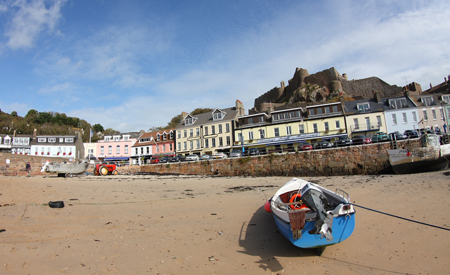5. Local Currents
Introduction
Tides affect the the entire ocean, they alter current speeds and change the height of the water. However, perhaps the most profound effects of tides and tidal currents are seen at the coast.
These tidal currents are often more important to people on the coast or working in shallow offshore regions affecting when you can launch a boat or have a profound impact on fishing, determining if a region is productive. A tidal current could make a region safe to swim in or be responsible for dangerous rip currents and fast flows that will tear a swimmer away from a shore in a matter of seconds. These types of currents often change with the tides and may vary through the day.
Previous chapters have looked at how surface and deep currents interact and how currents may affect life in the ocean. This chapter will look specifically at tides and the currents that they generate as well as how other water, such as rivers interact with them.
These other ocean currents tend to be driven by wind, salinity and temperature, tides on the other hand are the result of the gravitational pull of other bodies (mainly the sun and moon) upon the oceans. This distorts the water away from the surface of the earth leading to high and low tides.
The effect of tides is not the same everywhere...
Tides do not have the same effect everywhere in the world, some places experience huge changes in water height or waves rushing up rivers, known as a Bore, while other place experience very little tidal variation.
Can you explain why?
- Tides: Why high/low water varies depending on where you are.
- Why we have tides: Effects of moon and sun. Neaps and springs.
- Tidal cycles: How a tidal bulge interacts with ocean shapes, to give different tidal cycles, and different heights of water.
- Amphidromic points. Tidal currents: Ebb and flood; current speed in relation to high and low water.
- Tides in narrow channels, tidal bores.
- Tidal energy.
- How rivers interact with currents and tides.


